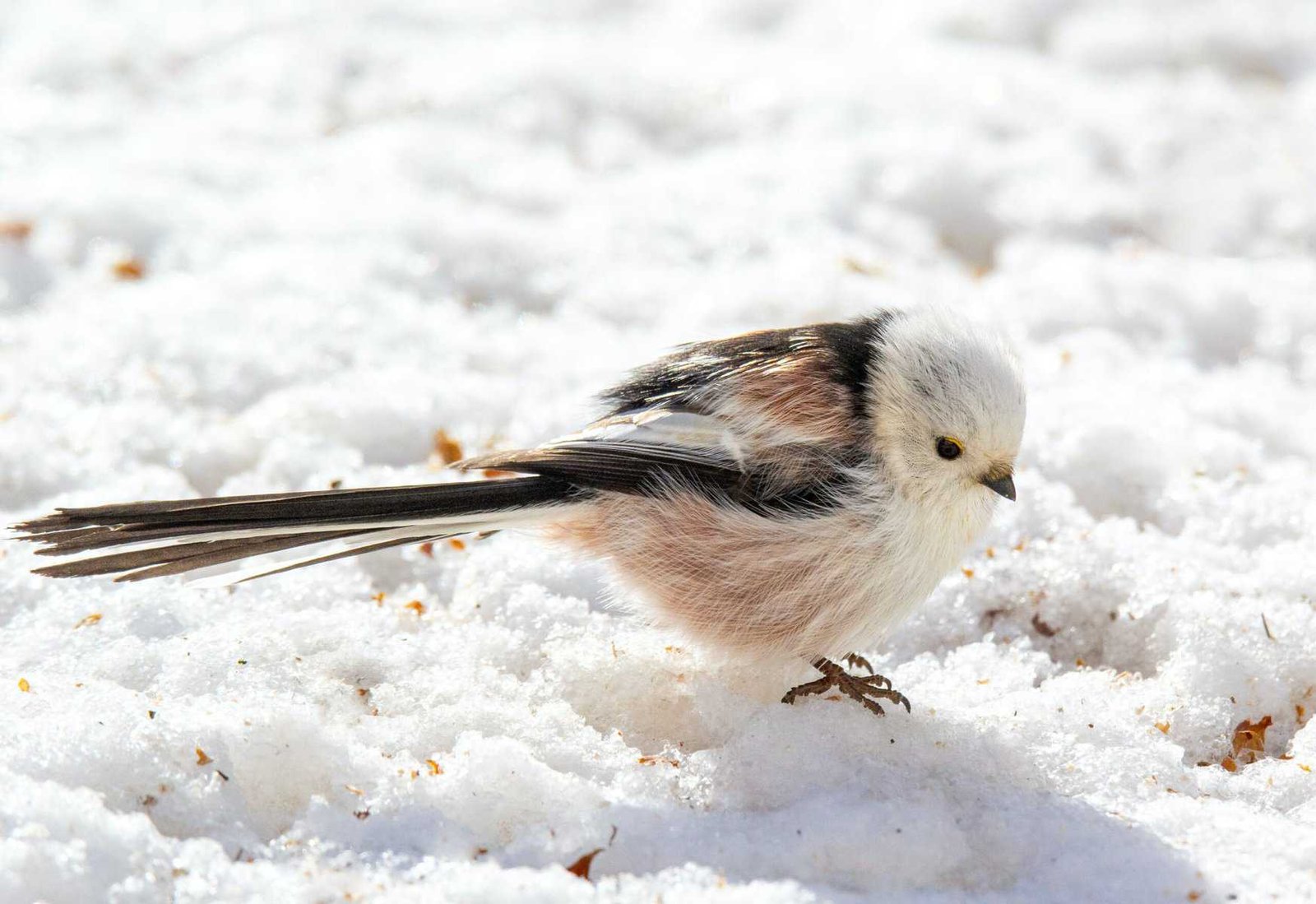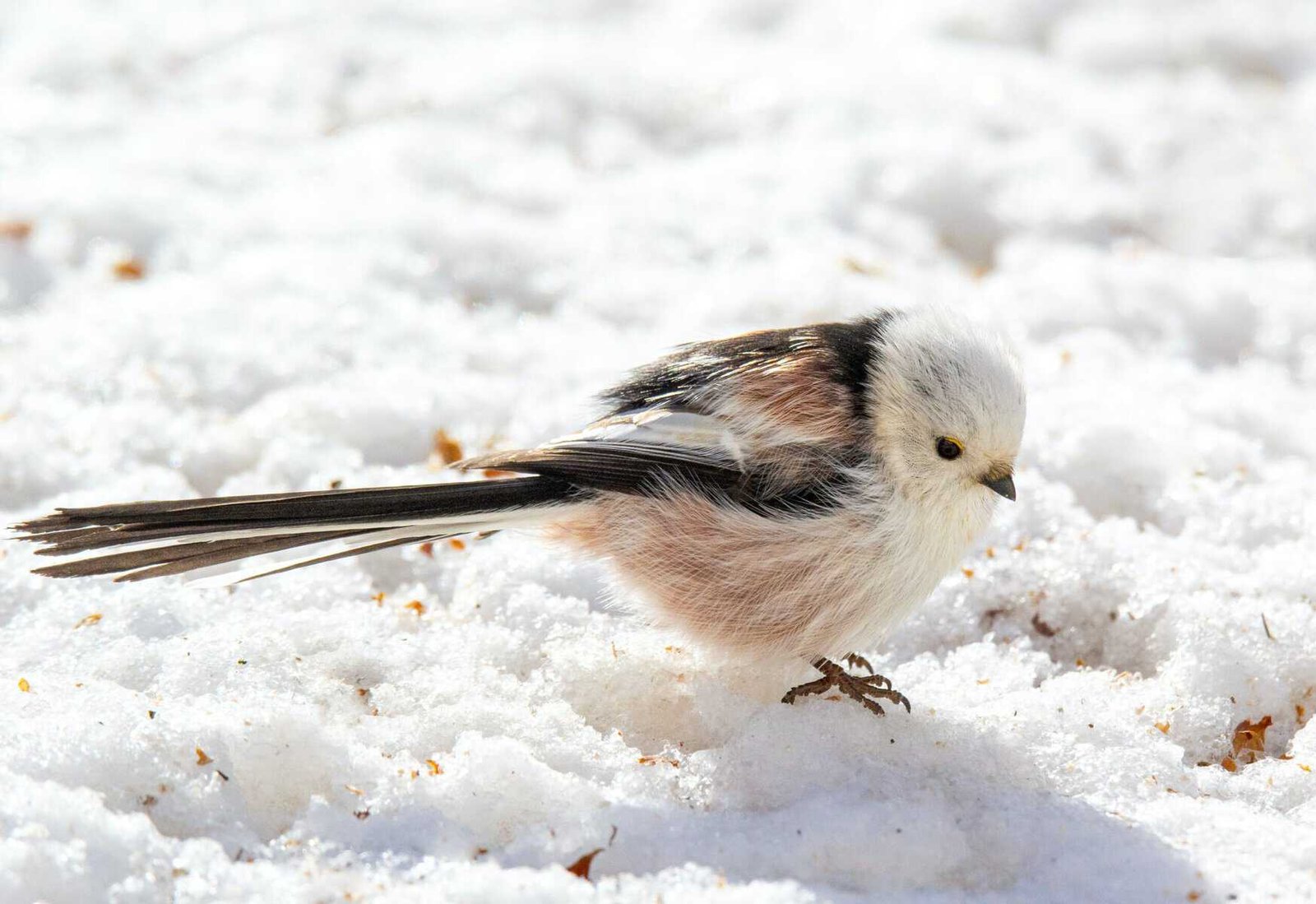Living in an area with harsh winters can pose a challenge for those who cultivate nopal, a beloved cactus widely known for its nutritional and medicinal properties. As temperatures plummet to freezing levels, it is crucial to find the right techniques to safeguard your nopal from the detrimental effects of extreme cold conditions. In this article, we will explore effective strategies that will help you protect your beloved nopal from such frigid weather, ensuring its survival and thriving growth all year round. So, whether you are a seasoned succulent enthusiast or a beginner venturing into the world of nopal cultivation, read on to discover valuable insights and tips to keep your cherished cactus safe and vibrant during winter.

Choosing the Right Variety of Nopal
Understanding the Cold Tolerance of Different Nopal Varieties
When it comes to protecting your nopal from extreme cold conditions, one of the most important factors to consider is the variety of nopal you have. Different varieties have varying degrees of cold tolerance, so it’s crucial to choose a variety that can withstand the temperatures in your area. Some varieties may be more resilient to cold temperatures, while others may be more susceptible to damage. By understanding the cold tolerance of different nopal varieties, you can make an informed decision and select the variety that best suits your climate.
Researching Local Adapted Varieties
Another important aspect to consider when choosing the right nopal variety is its local adaptability. Researching and identifying nopal varieties that are specifically adapted to your local climate can greatly enhance the chances of success in protecting your plants from extreme cold conditions. These locally adapted varieties have shown increased resilience to the environmental conditions in your area, making them more likely to survive low temperatures. Local agricultural extension offices, gardening communities, and forums can be valuable resources for gathering information about the best nopal varieties for your region.
Preparing Nopal for Winter
Pruning the Nopal before Winter
Before winter sets in, it is crucial to prune your nopal plants. Pruning helps remove any dead or weak growth, allowing your plants to focus their energy on the healthier parts. Trimming the nopal pads and stems also encourages new growth in the spring. By removing the excess foliage, you create a more compact plant that is easier to protect during cold weather.
Removing Any Damaged or Diseased Pads
Inspect your nopal plants thoroughly before winter and remove any damaged or diseased pads. These can act as entry points for cold or pathogens, potentially causing further harm to your plants. By removing the affected pads, you reduce the risk of spreading disease and increase the overall health of your nopal.
Applying Organic Fertilizers in Late Fall
In late fall, applying organic fertilizers can provide essential nutrients to your nopal plants, helping them strengthen their immune systems and prepare for the challenges of winter. Organic fertilizers, such as compost or well-rotted manure, improve soil fertility and promote healthy growth. By providing your nopal plants with the necessary nutrients before winter, you provide them with the best chance of surviving extreme cold conditions.
Mulching the Soil Around Nopal
Mulching the soil around your nopal plants is an effective way to insulate the roots and protect them from freezing temperatures. A layer of organic mulch, such as straw or wood chips, helps regulate soil temperature and retain moisture. Additionally, mulching prevents weed growth and reduces water evaporation, ensuring your nopal plants have the maximum support to withstand the winter cold.
Creating Microclimates for Nopal
Planting Nopal Close to Buildings or Tall Structures
One strategy to protect your nopal from extreme cold conditions is to plant them close to buildings or tall structures. These structures can provide additional shelter and shade, reducing the impact of harsh winds and extreme temperatures on your plants. The structures act as barriers, creating a microclimate that is slightly warmer than the surrounding area. Planting nopal near these structures can offer some protection against frost and freezing temperatures.
Using Windbreaks to Protect Nopal
Windbreaks are another effective method to shield your nopal plants from cold winds, which can exacerbate the effects of extreme temperatures. Planting dense shrubs or erecting a fence as a windbreak on the windward side of your nopal plants can significantly reduce wind velocity and create a more favorable microclimate. This helps prevent excessive moisture loss and temperature fluctuations, promoting the survival and health of your nopal.
Developing Raised Beds with Good Drainage
Creating raised beds for your nopal can enhance drainage and provide better protection against frost and waterlogging. Raised beds raise the level of the soil, ensuring that excess water drains away from the root zone. Adequate drainage is crucial during winter to prevent roots from sitting in water and potentially freezing. By creating raised beds with good drainage, you provide your nopal plants with optimal growing conditions that help them thrive in cold weather.
Protective Coverings for Nopal
Using Frost Blankets or Row Covers
To safeguard your nopal from extreme cold conditions, consider using frost blankets or row covers. These protective coverings are made of lightweight fabric that allows air and sunlight to penetrate while providing a layer of insulation. By covering your nopal plants with frost blankets or row covers, you create a barrier that traps heat and prevents freezing temperatures from reaching the plants.
Building Temporary Greenhouses or Hoop Houses
For extra protection against extremely low temperatures, building temporary greenhouses or hoop houses can be highly effective. These structures allow you to control the temperature and humidity levels around your nopal plants, creating a more favorable growing environment. By constructing a temporary greenhouse or hoop house, you provide your nopal with a controlled microclimate that shields them from harsh winter conditions.
Utilizing Old Bed Sheets or Blankets
If you’re looking for a simple and cost-effective way to protect your nopal, utilizing old bed sheets or blankets can provide some insulation against freezing temperatures. Covering your plants with these materials during extremely cold nights can help retain heat and prevent frost damage. While not as effective as frost blankets or row covers, using old bed sheets or blankets is still a useful technique for providing temporary protection to your nopal.

Applying Insulation Techniques
Using Straw or Hay as an Insulating Layer
Straw or hay is an excellent insulating material that can be used to protect your nopal plants from extreme cold conditions. Applying a layer of straw or hay around the base and stems of your nopal provides insulation and prevents frost penetration. The thick layer of organic material acts as a buffer, helping regulate soil temperature and minimizing temperature fluctuations that can harm your nopal.
Surrounding Nopal with Empty Water Bottles
Surrounding your nopal plants with empty water bottles can provide additional insulation during freezing temperatures. Fill the bottles with water, as water has high heat retention properties. Then, arrange the bottles around the base and stems of your nopal, creating a protective barrier against extreme cold. The water-filled bottles act as thermal masses, absorbing and radiating heat, which can help maintain a more stable temperature around your nopal plants.
Applying Mulch to the Base and Stems of Nopal
In addition to mulching the soil, applying mulch directly to the base and stems of your nopal can offer extra protection against freezing temperatures. Organic mulch, such as straw or wood chips, acts as an insulating layer, shielding the vulnerable parts of your nopal from cold air and frost. Apply a thick layer of mulch around the base and stems, ensuring coverage without directly touching the pads. This insulation technique helps maintain a stable temperature and protects your nopal from winter damage.
Watering and Moisture Management
Reducing Watering Frequency in Late Fall
As winter approaches, it’s essential to adjust your watering routine to accommodate the changing needs of your nopal. Reduce the frequency of watering in late fall, as the lower temperatures and reduced sunlight affect the water requirements of your plants. Overwatering during this period can lead to waterlogging, which can be detrimental to the health of your nopal. Be mindful of the moisture levels and only water when necessary to prevent water stress and potential damage.
Ensuring Proper Drainage to Prevent Waterlogging
Proper drainage is critical for nopal plants, especially during winter when excess moisture can accumulate around the roots. Ensure that the soil around your nopal has adequate drainage to prevent waterlogging. If the soil is heavy and clayey, consider amending it with organic matter or creating raised beds. Good drainage not only helps avoid waterlogging but also reduces the risk of root rot and other moisture-related issues that can compromise the health of your nopal.
Avoiding Overwatering During Winter
During winter, the reduced growth rate of nopal means that the plant requires less water than during the warmer months. Avoid overwatering your nopal during this period, as the cold temperatures slow down the plant’s metabolic processes. Overwatering can lead to root rot and other fungal diseases. Allow the soil to dry out slightly between watering sessions, ensuring that you strike a balance between providing enough moisture to your plants while avoiding excessive water accumulation.

Monitoring and Protecting Nopal in Extreme Cold Conditions
Checking Nopal Regularly for Signs of Stress
Regularly monitoring your nopal plants during extreme cold conditions allows you to identify and address any signs of stress promptly. Look for wilted or discolored pads, as well as soft or mushy areas, which may indicate damage caused by freezing temperatures. If you notice any signs of stress, take immediate action to protect your nopal by implementing additional protective measures or providing additional heat sources if necessary.
Implementing Additional Protection During Harsh Weather
During severe cold spells or when winter temperatures drop unexpectedly low, it’s essential to implement additional protection for your nopal. Consider combining different protective techniques, such as using frost blankets or row covers in conjunction with temporary greenhouses or hoop houses. Layering protective coverings can provide added insulation and shield your nopal plants from extreme temperatures.
Providing Additional Heat Sources
In extreme cold conditions, providing extra heat sources can make a significant difference in protecting your nopal. Consider using heat lamps, heating cables, or even simple incandescent light bulbs to provide supplemental warmth to your plants. Be cautious when using heat sources, ensuring that they are set up safely and do not pose a fire hazard. Supplemental heat can help maintain a more stable temperature around your nopal, minimizing the risk of cold damage.
Recovering and Rehabilitating Nopal After Cold Stress
Pruning Damaged Pads and Stems
After a cold spell, it’s vital to assess the extent of the damage to your nopal and take appropriate action. Prune any pads or stems that have been severely damaged by freezing temperatures. Cutting back the damaged parts encourages new growth and prevents the spread of disease or rot. Additionally, removing the damaged pads and stems allows your nopal to allocate its resources to healthier parts, promoting its recovery.
Gradually Increasing Watering Frequency
As the temperatures start to rise after a cold spell, gradually increase the watering frequency to support the recovery of your nopal. Provide the plant with sufficient moisture to encourage new growth and replenish any moisture loss during the freezing period. However, still exercise caution and avoid overwatering, as the plant’s root system may still be compromised by the cold stress. Monitor the moisture levels and adjust watering accordingly as your nopal recuperates.
Applying Organic Fertilizers to Promote Recovery
To aid in the recovery process of your nopal after cold stress, applying organic fertilizers can provide the necessary nutrients for healthy growth. Organic fertilizers, such as compost or well-rotted manure, are gentle on the plant and help restore its vitality. These nutrients promote new growth, strengthen the immune system, and support the development of healthy pads and stems. Apply organic fertilizers according to the recommended dosage and frequency, taking care not to over-fertilize.

Learning from Local Experts and Gardeners
Seeking Guidance from Local Agricultural Extension Offices
When it comes to protecting your nopal from extreme cold conditions, local agricultural extension offices can be a valuable source of knowledge and guidance. These offices often employ experts who have experience and expertise in dealing with the challenges specific to your region. They can provide you with localized information, recommend suitable nopal varieties, and offer tailored advice on protecting your plants from extreme cold conditions.
Joining Gardening Communities and Forums
Joining gardening communities and forums allows you to connect with fellow gardeners who share a passion for nopal cultivation. These communities provide a platform for exchanging ideas, experiences, and valuable insights. By engaging in discussions and seeking advice from experienced gardeners, you can learn from their successes and failures in protecting their nopal from extreme cold conditions. The collective knowledge of the gardening community can be a valuable resource for your own nopal care.
Attending Workshops and Seminars on Nopal Care
Attending workshops and seminars on nopal care can expand your knowledge and provide you with practical tips and techniques for protecting your plants. Local gardening organizations or universities often organize such events, where experts share their expertise and guide participants on various aspects of nopal cultivation, including winter protection. By attending these workshops or seminars, you gain hands-on experience and learn from professionals who specialize in nopal care.
Conclusion
Protecting your nopal from extreme cold conditions requires careful planning and implementation of various techniques. By choosing the right nopal variety, preparing your plants for winter, creating microclimates, using protective coverings, employing insulation techniques, managing watering and moisture, monitoring and protecting during extreme cold, and promoting recovery after cold stress, you can significantly increase the chances of your nopal thriving in harsh winter conditions. Remember to seek guidance from local experts, join gardening communities, and attend workshops to enhance your knowledge and skills in nopal care. With proper care and attention, your nopal can withstand extreme cold conditions and continue to provide you with its nutritious and delicious paddles for years to come.


